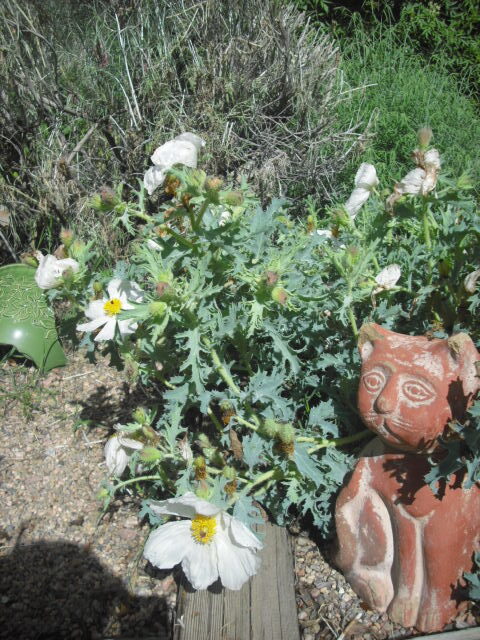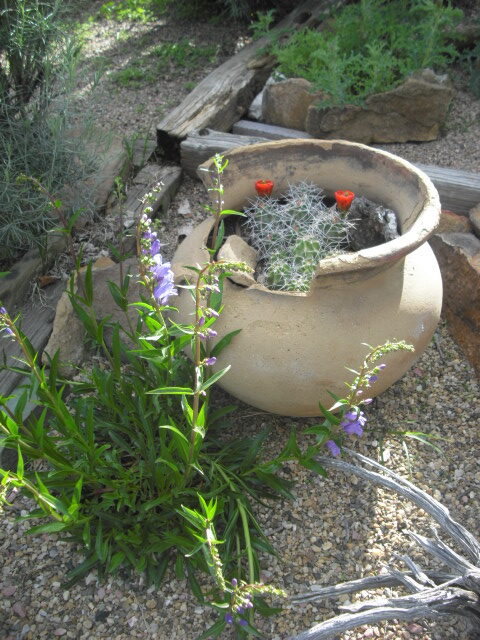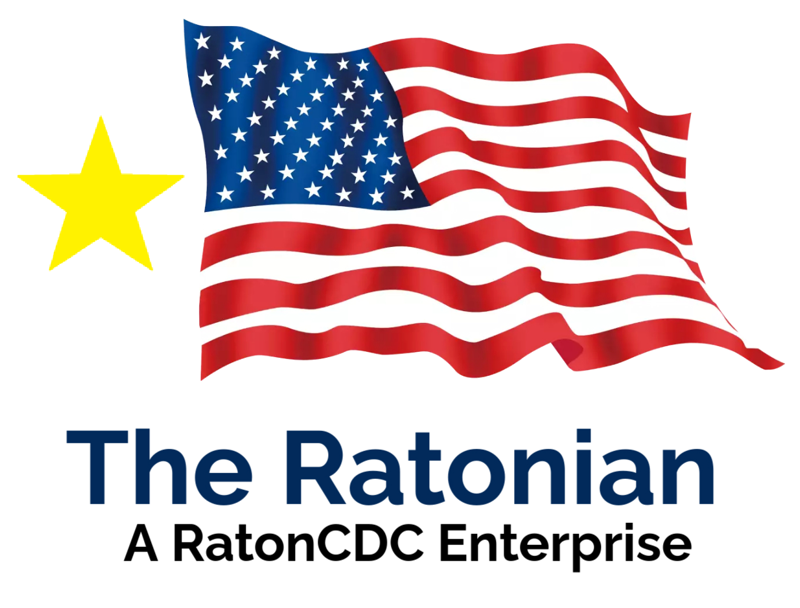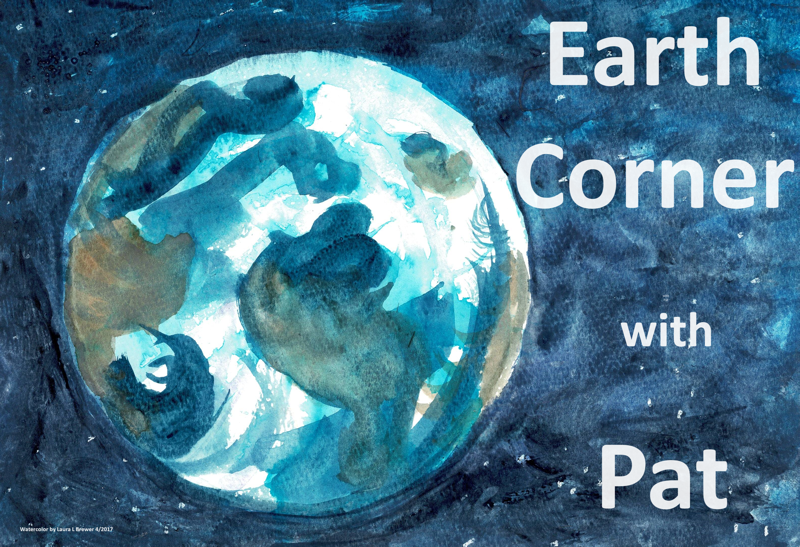Welcome to Earth Corner!

My name is Pat Walsh, but you may remember me as “Ranger Pat.” I’m lucky to have worked for New Mexico State Parks for 17 years before retiring in 2022. And I’m lucky to live here in Raton, where I moved in 2005. We live in a wonderful corner of the planet, and this monthly column will explore ways we can appreciate and protect our piece of paradise. As someone who has lived in many places, I really value everything Raton has to offer, including fresh air, good drinking water and lots of natural spaces. Since I’m passionate about nature, it’s great that I can walk to Climax Canyon Nature Trail, or drive 15 minutes to get to Sugarite Canyon State Park. Being on a trail is my happy place!
I was born in the Washington D.C. area and adopted by an Army officer and his wife. As part of a military family, I grew up in various places including Virginia, Hawaii, Texas and Panama. I graduated with a journalism degree from Arizona State University and worked in the Phoenix Bureau of United Press International. Later I became a UPI foreign correspondent in Colombia, South America for two years, then worked for UPI in Washington D.C., and finally served as a reporter for a suburban edition of the Miami Herald newspaper in Florida.
From Florida, I moved to Colorado to do graduate work in environmental studies. During my ten years in that state, I worked as a seasonal (temporary) park ranger and an educator at Denver Botanic Gardens before moving to Raton. As a regional interpretive ranger for N.M. State Parks, I provided public programs on nature and culture, ran school field trips, and coordinated interpretive events for eight different parks.
These days, I enjoy almost daily trail hikes with my guy and our two dogs, while the cats guard the house. I’m also working (voluntarily) to promote communication about the earth, including solutions to current challenges. We’ll celebrate successful local solutions to some of those challenges in this column.
The first column appeared next Sunday, March 10, which happened to mark my birthday. In it, I have explored my relationship with water and the meaning of water in our part of the world. I also offered up some ways to conserve this precious resource that you may not have considered!
Thank you for joining me here in Earth Corner. A new article will be published each month.
Topics
- Turkey Vultures have an Image Problem
- Green Grass Lawns
- It’s Hard to Think in an Emergency
- Ice Free and Dog Friendly!
- The Best Gift May Be An Experience!
- Warming Up Vehicles in the Cold Weather
- Trees, Our Urban Forest
- A Message About Cats – Because I Love Cats
- Kids Invited to Jump Aboard the Global Warming Express!
- Are We Getting Hotter?
- What Would You Do for the Birds?
- Where are the Bees?
- Every Day Should be Earth Day – Editorial by Laura Brewer
- Everything We Have Comes From the Earth
- Water – A Precious Resource
Turkey Vultures have an Image Problem
Posted April 5, 2025
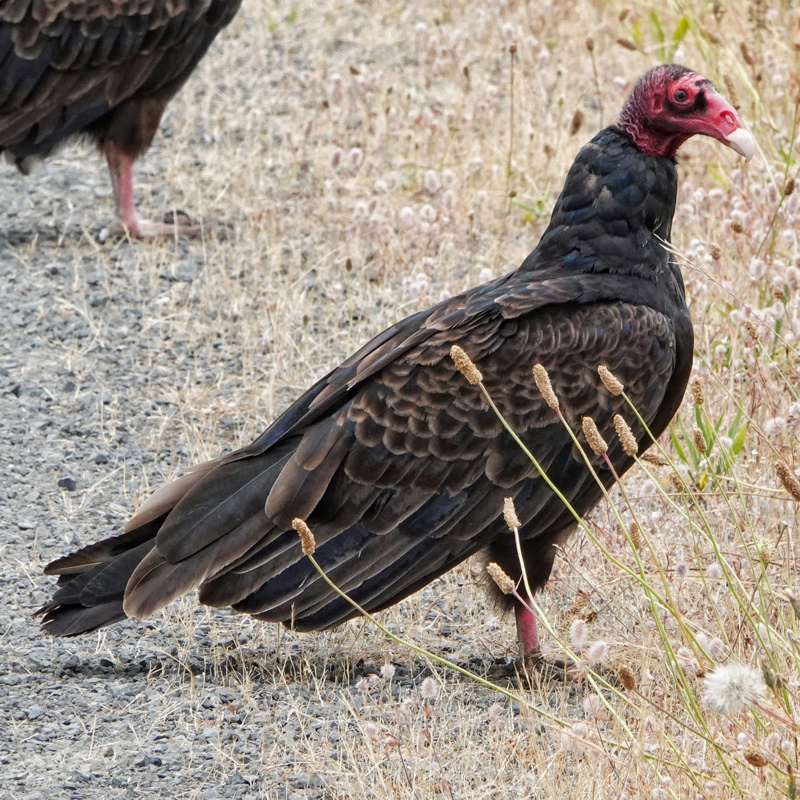
The old Western movies had the formula down pat.
The cowboy’s horse has died. The canteen has run dry. The poor guy stumbles through the desert, desperately searching for water. To make sure we know the situation is grim, somewhere out of sight the filmmakers say, “Cue the vultures!”
In our area, of course, one sure marker of spring’s return is the arrival of turkey vultures soaring gracefully in circles above town. It reassures me that the Earth is continuing its orbit around the sun, with all the natural cycles that entails.
Turkey vultures have an image problem. Instead of feathers on their heads, they have red and wrinkled skin.
Let’s say I put two photos side by side, one of a turkey vulture and the other of a bald eagle. I ask you to choose which is more appealing. Odds are, you’ll prefer the bald eagle (ironic, since the eagle is not bald and has white feathers on its head!) Or perhaps one image is the vulture, the other a spotted fawn. Which one makes you feel warm and fuzzy?
And there you have it—the so-called “Beauty Bias,” as author Hal Herzog puts it in an online article for Psychology today. Why People Care More About Beautiful Animals Than Ugly Ones | Psychology Today
“Why do humans care more about cute animals than ugly ones?” Herzog asks. “One explanation is that cute animals remind us of human babies. Indeed, several studies have reported that animals with characteristics like big eyes and soft facial features trigger our parental care instincts.”
But turkey vultures have a big ecosystem job, serving as the “cleanup crew.” In Raton, stalwart city workers drive garbage trucks through town once a week to empty our dumpsters and keep our streets clean. Thank goodness!
Our town sits amid a beautiful natural landscape. Out there, when animals die, turkey vultures discover this quickly because they have a keen sense of smell, which is unusual in birds. When they arrive, they can chow down easily. Any gore left behind on their bald heads will be disinfected by sunlight. And the remains of the dead animal are safely cycled back into nature.
“By quickly cleaning up decaying remains, vultures help stop the spread of potentially harmful bacteria and viruses that could otherwise contaminate water sources or cause diseases in other animal populations,” says Peter Knight in an online piece. Why vultures are so important? – Birdful “Studies have shown significant increases in infectious diseases like rabies and anthrax in places where vulture populations have declined.”
Turkey vultures are also masters of flight, spiraling upward on warm air currents using little energy. Our turkey vultures migrate south to Central and South America in the winter, and back to us in the spring. Other local animals suffer from an image problem, including insects, snakes, and bats. But, like turkey vultures, each supports ongoing life on our amazing planet.
So next time you see one of our vultures overhead, consider joining me in smiling and saying, “Welcome back!”
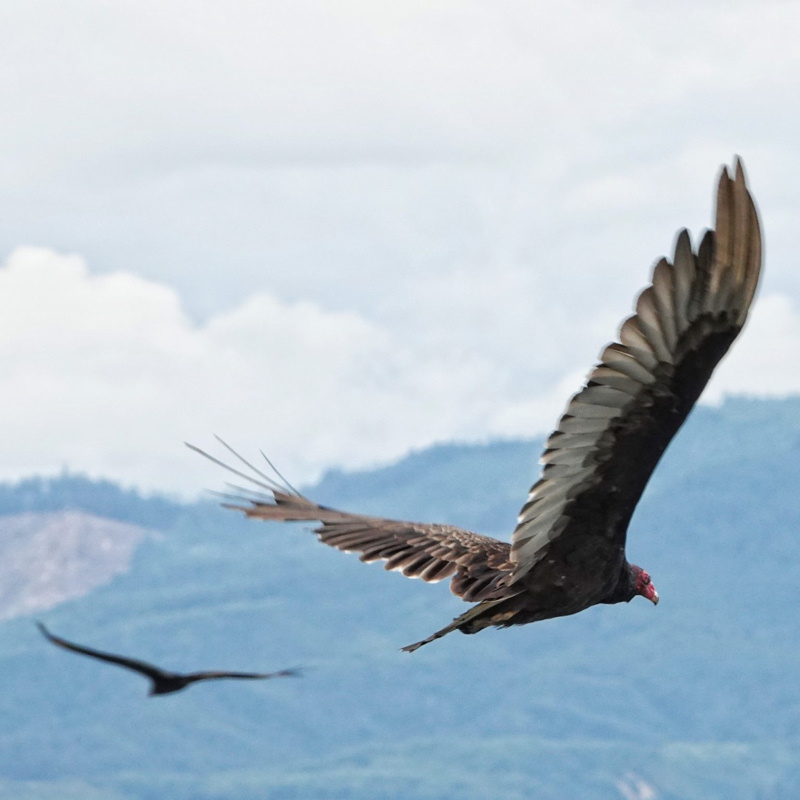
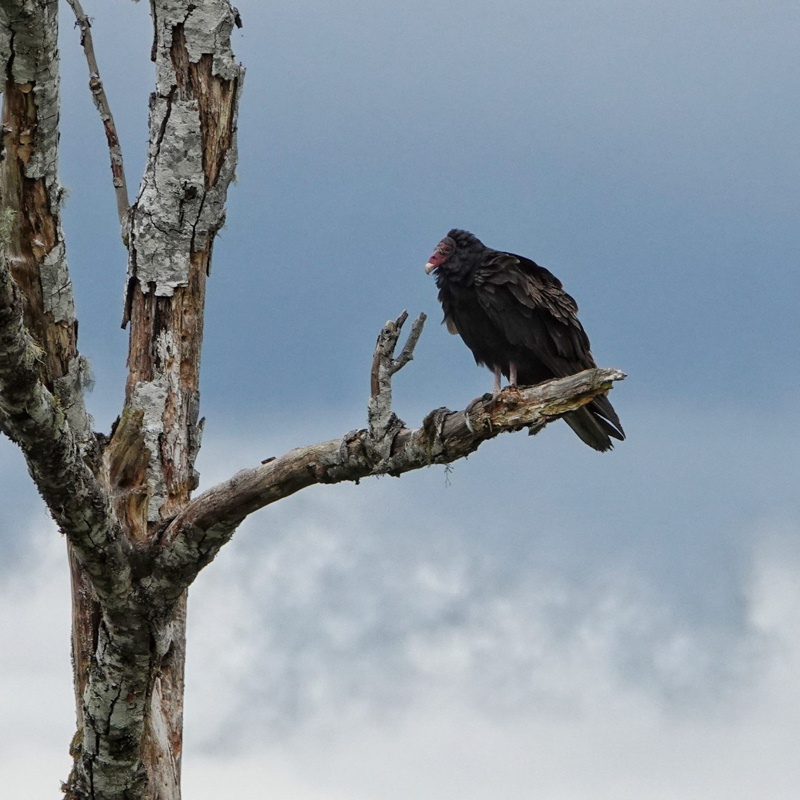

Green Grass Lawns
Posted March 2, 2025
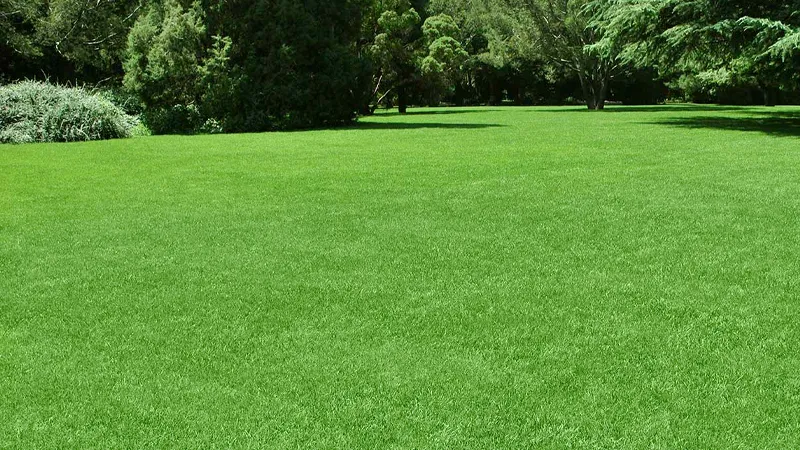
Years ago, I lived in a cute little bungalow with a white picket fence in Takoma Park, Maryland—a quaint suburb of Washington, D.C. Our house had a small green lawn, and the grass grew without any help, no extra water or chemicals needed.
Now I live in Raton, and as spring approaches, I know the sound of sprinklers, lawn mowers and weedwhackers is not far behind. Which raises a question. Why are we so determined to have the perfect green grass lawn? Especially here, in a place where rain is not a common occurrence?
Americans have been obsessed with green grass lawns for some two hundred years. One of our founding fathers, Thomas Jefferson, had a hand in this. In the 1780s, Jefferson traveled widely and “was favorably impressed by the large expanses of green turf on English country estates,” according to the book Lawn: A History of an American Obsession, by Virginia Jenkins. Jenkins goes on to say Jefferson is “credited with being the first to try to create an English-style lawn on his country estate, Monticello, in the Virginia Piedmont in 1806.”
Meanwhile, wealthier Americans sought to escape from crowded cities. Indeed, the first railroad suburb of Washington D.C. was Takoma Park, founded in 1883 and “advertised as a healthy place to live and raise children,” Jenkins writes. She notes that even by the 1850s, suburban communities were promoted as places where a working man could own a house “with a grass plot on which your children can play.”
As lawns took hold, they were made of non-native grasses, because native grasses didn’t lend themselves to a smooth, even look. Take Kentucky bluegrass, common across the United States. It is native to Europe and Asia, and many plant specialists believe it was brought here by early settlers. Garden Guides | The History of Kentucky Bluegrass
While we may see a neat green lawn as the American ideal, the truth is a lawn is considered a biological desert because it doesn’t support wildlife with food or shelter.
“Dominated by a single species of non-native grass, these manicured expanses offer little to the vast web of life that thrives in a healthy ecosystem,” says the website Medium. Beyond the Green Monoculture: Rebuilding Biodiversity in the American Lawn | by Nstephens | Medium
In addition, maintaining green lawns often involves using chemicals, fossil fuels (via gasoline lawnmowers) and lots of water.
These days, many folks are rewilding their lawns and shifting to native plants. At our house, we converted part of our yard to native plants like Rocky Mountain bee plant. We have less grass to mow and water, we avoid pesticides, and we have switched to a wonderfully quiet, battery-powered electric lawnmower.
Next time you notice part of your lawn that is tough to maintain, consider shifting that patch to drought-hardy natives that will attract butterflies, bees and hummingbirds to your own little wildlife preserve.
Samples of Xeriscape Landscaping


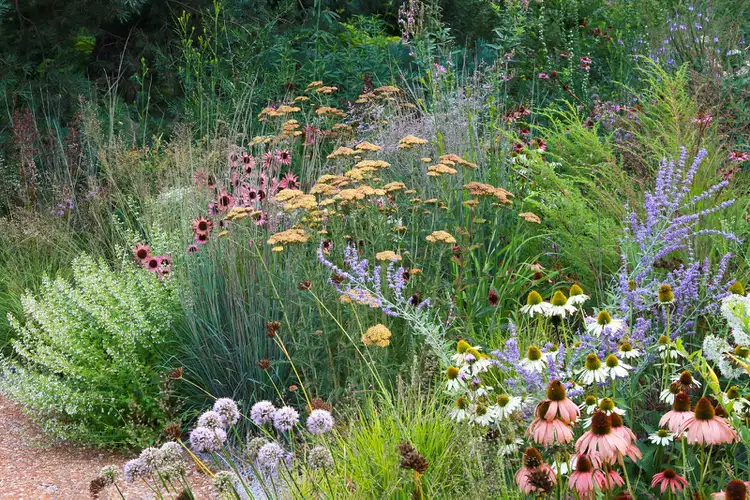

It’s Hard to Think in an Emergency
Posted February 23, 2025
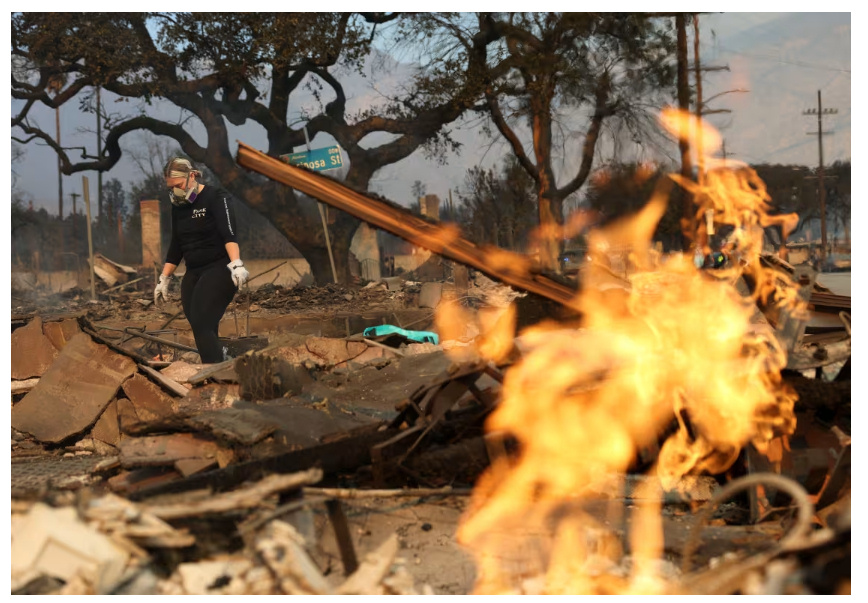
Although it may not seem like it, wildfire season is approaching.
Hard to imagine with our recent snow, but our part of the country is becoming warmer and drier overall, and that of course leads to fire danger. The Colfax County Commission just heard a forecast that our wildfire season could be severe, starting as early as April.
During the recent wildfires in Los Angeles, thousands of people had to evacuate their homes. Perhaps during our own Track Fire in 2011, you yourself had to evacuate or got ready to evacuate. At my house, we were ready to evacuate on two different days. Fortunately, it never came to that.
But what if? What if you only had minutes to flee? Would you be ready?
Experts tell us that with more and more extreme weather because of “global weirding,” we should take a little time to prepare when things are calm.
At our house, we have a “go bag.” Following the guidance of various organizations, that backpack includes some basic first aid, toiletries and sanitation supplies, extra medications, some snacks, coins and one-dollar bills (in case the only food or drinks available are in snack machines), copies of important papers, etc. The idea is we can grab that bag and zoom out the door with many of the basics.
A CBS online news story says, “Firefighters created a phonetic list, dubbed the “6 P’s of Evacuation,” to remember everything that should go with you and your emergency kit:
- People, pets and papers
- Phone numbers & important documents (I would add cell phone to this)
- Prescriptions, vitamins & eyeglasses
- Pictures & irreplaceable memorabilia
- Personal computer, hard drive & disks
- ‘Plastic’ (credit cards, ATM cards) & cash”
When I talk to kids about emergency preparations, I try to focus on people and pets. Perhaps there is an elderly family member who will need special provisions to evacuate. As for pets, we have two dogs and two cats at our place. The dogs? Easy. Grab a leash and get them in the car.
But the cats?
There was a news story a few years ago about a wildfire where the family was evacuating their home, and the dad was carrying his daughter’s beloved cat. The cat freaked out, and when cats freak out, that means sharp claws. The kitty got out of the man’s arms and apparently ran back in the house, which burned. The daughter was devastated over her pet’s death, and her father was filled with remorse.
At my place, I have two cat carriers, one for each cat. I’ve also heard about creating a second go-bag for our pets, with some food and water. That’s on my to-do list.
There are stories about the strange things people grab from their homes when they only have minutes to flee. The truth is, it’s hard to think clearly during an emergency.
Take the time to make a go-bag before you need one. You’ll be glad you did.
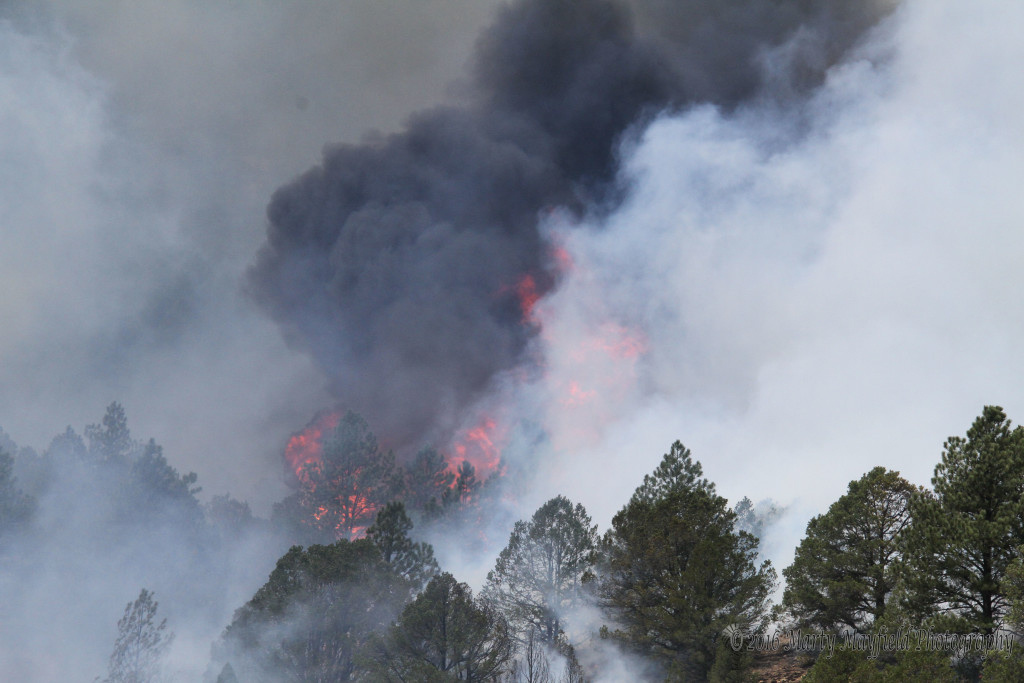
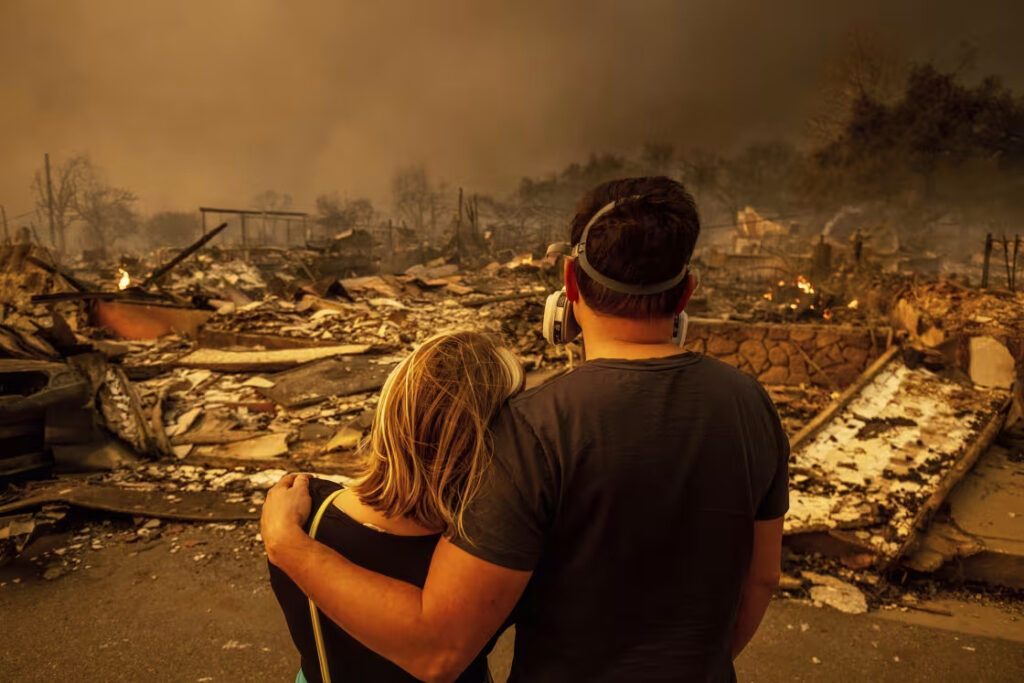

Ice Free and Dog Friendly!
January 2025
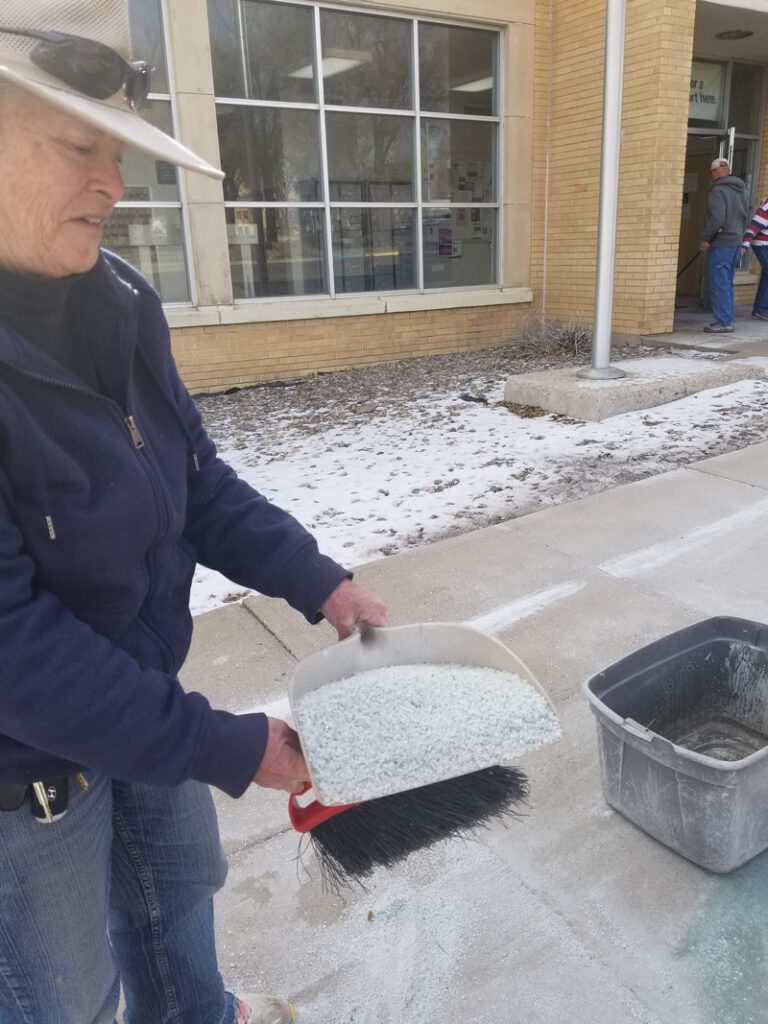
As I and others can testify, slipping and falling on ice is no fun. One second you’re on your feet, and the next you’re flat on your back wondering what happened.
Here in Raton, winter ice often appears on sidewalks, roads and trails, especially after it snows. The snow melts under the daytime sun, only to freeze overnight. Then, the question for businesses and public places becomes how to prevent dangerous falls.
Recently, Laura Brewer – editor of The Ratonian – noticed piles of rock salt and ice melt on the sidewalk in front of our post office. The ice was long gone, but the rock salt and ice melt remained. She called my guy to see if we could help. We swept up the residue, later returning it to the post office for more careful re-use.
So why did we bother?
Rock salt and ice melt have many downsides. At the post office, we could already see how these products were staining and pitting the sidewalk. But we also knew that the stuff would eventually wash into nearby soil, threatening the trees and shrubs planted there.
In addition, “these chemicals can also go down storm drains and seep into the water supply,” according to earthfriendlytips.com. “Not only can this pollute the water, but it can also harm aquatic life.”
As if that weren’t enough, earthfriendlytips.com adds, “Unfortunately, conventional ice melts not only have a terrible environmental impact, but they can also make our pets sick,” Best Eco-Friendly Ice Melt (Pet Friendly, Too!) – Earth Friendly Tips
The Humane Society of the United States says, “Rock salt and other chemicals used to melt snow and ice can irritate the pads of your pet’s feet. Wipe all paws with a damp towel before your pet licks them and irritates their mouth.” Five ways to protect pets in winter | The Humane Society of the United States
This is also a problem if a small child tries to eat the rock salt or snow melt.
Fortunately, I discovered there are more earth-friendly choices out there. One uses sugar beets! They may be more expensive than regular ice melt and rock salt, but I’m hoping your conscience will be your guide.
Here are some options listed by Earthfriendlytips.com: Organic Melt Granular Ice Melt (made with sugar beets), and two products made with magnesium chloride from the Dead Sea: Sunday Pet Safe Ice Melt and Green Gobbler Pet Safe Ice Melt. Others listed include Safe Paw Salt-Free Ice Melt; Ecos Ice Melt; Natural Rapport Pet Friendly Ice Melt; and Northern Salt North Pro Nature Sub Zero Deicer.
So go forth and keep your sidewalks ice-free and planet friendly!

The Best Gift May Be An Experience!
Posted December 1, 2024

I’m ashamed when I remember the first Christmas I shared with my first husband.
He gave me a silly poster with a chimpanzee on it, and a colorful clay wind chime. That was all. He was younger than me and still in college, while I was working as a foreign correspondent. He came from a middle-class family in Costa Rica, where one present per person was the norm.
Meanwhile, I was raised by older parents who enjoyed spoiling me. When I was a kid, Christmas mornings meant ripping open seemingly endless, brightly colored packages. So I was very disappointed that Christmas with my then-husband, and I showed it.
That was about four decades ago. Since then, I’ve become more concerned about our home planet, and I’ve reframed my idea of a good Christmas. While my current husband and I may exchange a couple small gifts, my favorite present to receive is a gift certificate for a full-body massage from a local massage therapist.
Back when we got married, two like-minded friends gave us a great wedding present: a gift certificate to our favorite bed and breakfast in Taos. “You couldn’t have given us anything better!” I told them.
Recently, I was tickled by a neighbor who gave her young daughter tickets to a Billie Eilish concert for her birthday. I thought to myself, Yes, that’s the way to do it!
Gift restaurant meals are another way to go. In other words, an experience rather than a thing.
And if buying things is still on the agenda, consider these ways to be kind to Mother Earth and often save money at the same time.
Books, music, and even cell phones and computers, can often be found used or refurbished at a good price online. Where possible, I tend to favor choices from Goodwill stores across the country. Interested in vinyl albums? Our local Heirloom Shop store on First Street has many vintage options—not to mention yummy treats!
If you’re looking for something new, consider products by local artisans. Carrie’s Honey and More store on Second Street offers beautiful beeswax candles and honey. Several locations in downtown Raton (including a new one!) sell pottery and art from local artists.
Locally made is the way to go when possible. Imported stuff uses fossil fuels to get here.
But say you’re looking for a new kitchen appliance or something similar. I have strange advice: pay for the most expensive version you can afford. Why? Because usually a higher price means better quality, which means the item will last longer.
I wish I had been kinder on that Christmas with my first husband. Because when I think about what really makes me happy and gives me a sense of wellbeing, it boils down to good meals and hikes and conversations with loved ones and friends. And a good massage, of course!
Editor’s note: the author received no payments from businesses mentioned in this column.

Warming Up Vehicles in the Cold Weather
Posted November 3, 2024
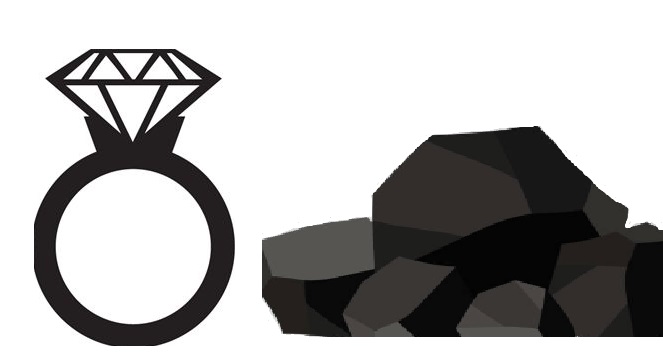
Have you ever known something was true, then discovered you were wrong? In my park ranger days, I told kids on coal camp field trips that the diamond in my mom’s old ring was made from coal. Oops.
While diamonds and coal are both made of carbon, coal comes from ancient plants that died and were buried. Diamonds are much older than coal and come from deeper in the Earth.
Now I have a question for you: How long does it take to warm up your gas car? If your car was made within the last 30 years or so, here’s the answer: 30 seconds.
“Even in cold weather, most modern cars are safe to drive after about 30 seconds of idling,” says AutoZone online. How Long Should You Let Your Car Warm Up in the Winter Cold? – AutoZone Cars.com adds. “Idling reduces your vehicle’s fuel economy, costs you money, and creates pollution.” Should You Warm Up Your Car in Winter? | Cars.com
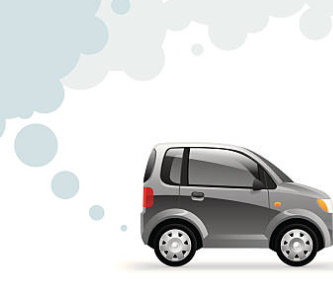
I often see empty cars idling. On my Facebook page, I did a quick informal survey to see why. One thought was that warming up a car was needed to lubricate and protect the engine with oil.
Here’s what J.D. Power says online: Do You Need to Warm Your Car Up?
“Before the mid-1990s, most vehicles used a carburetor, a mechanism that blends air and fuel…” But newer cars have fuel-injected engines. “Since modern vehicles do not have carburetors, internal combustion engine vehicles only need about 20-30 seconds to lubricate the engine.”
When we idle more than that, “Researchers estimate that idling from heavy-duty and light duty vehicles combined wastes about 6 billion gallons of fuel annually,” says the U.S. Department of Energy. Idling Reduction for Personal Vehicles
Aside from the cost of gasoline, there’s an important health cost.
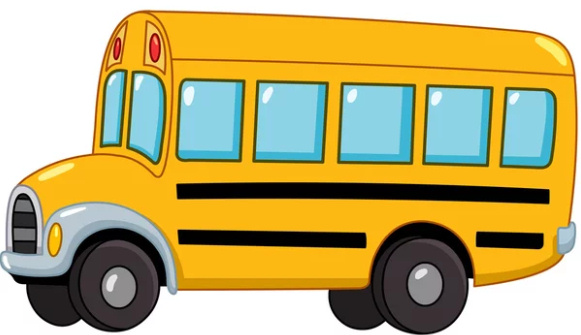
“It’s especially important for caregivers waiting to pick up schoolchildren to minimize idling, because vehicle emissions are more concentrated near the ground, where children breathe,” the U.S. Department of Energy says. “Poor air quality can contribute to asthma and other ailments, and children’s lungs are more susceptible to damage than adults’ lungs …”
But turning the car on and off repeatedly hurts the engine, right? Like at a drive-through restaurant? Nope.
“…today’s gasoline and diesel vehicles do not suffer damage by being turned on and off,” the Department of Energy says. “Starters and batteries are much more durable now…”
What about windshield ice? Or you want the car to be warm inside?
“If your windshield or windows are foggy, you may want to wait a minute for the defroster to heat up before driving off,” AutoZone recommends. “Keeping a good ice scraper and snow brush handy can help get your windows clear quickly.”
Consumer Reports Should You Warm Up Your Car Before Driving? – Consumer Reports adds: “In terms of comfort, when you drive the car it’s going to warm up in just a few minutes vs. idling for 15 or 20 minutes. Extended idling just wastes gas.”

Trees, Our Urban Forest
Posted October 4, 2024

The whine of a chainsaw haunted me as I wrote these words.
Workers were cutting down a big old evergreen at a nearby house. The sister of that tree was cut down perhaps a month ago. The person who lives there told us the trees were sick, but they looked thick and green to me. And now they are gone.
Perhaps the trees, which appeared to be very old, were sick. But the thought that keeps going through my mind is something a friend said years ago, that Raton is a dangerous place to be a tree.
For example, last year another nearby resident had a beautiful deciduous tree “topped.” This is something I’ve seen often in Raton.
Town trees are considered part of an “urban forest,” and years ago my guy and I were part of a tree-planting effort in downtown Raton. We went through a tree training provided in Santa Fe by the New Mexico Forestry Division, under their Forest ReLeaf Program to add trees in N.M. communities.
One of the guidelines they gave us was to never “top” a tree.
Some Raton residents worry that when a tree gets big, a large branch will fall and damage their home. But it turns out that “topping” a tree only makes it more likely that the new spindly branches will fall. Turns out the bigger, original branches are more stable.
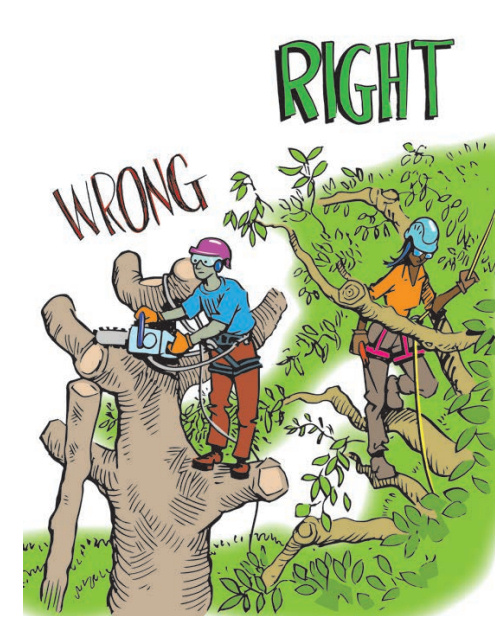
The Arbor Day Foundation quotes a tree expert as saying, “Topping is the absolute worst thing you can do for the health of your tree.” FTC8_1.pdf (arborday.org)
In its Tree City USA Bulletin Number Eight, the Arbor Day Foundation goes on to state that “in most cases, topping just contributes to greater danger from the resulting proliferation of weakly attached sprouts and the entrance of decay fungi.”
We’ve learned other things about trees in recent years. For example, forestry ecologist Suzanne Simard has long researched forests. She writes that forest trees actually communicate with each other, according to her memoir Finding the Mother Tree: Discovering the Wisdom of the Forest.
How do they do this? According to a story in NPR, Simard explained forest trees are linked by an underground fungi network. In one study, a tree being injured by insects appeared to send out chemical warnings to another nearby tree, which then produced enzymes to ward off the insects.
Meanwhile, we also know that trees are a “carbon sink.” That means they pull carbon dioxide out of the air and hold onto the carbon, while releasing the oxygen—lucky for us! As such, planting trees can help mitigate human-caused climate change.
Of course, trees also give us lumber to build homes and wood for our fireplaces. And at my house, we ourselves have had to cut ailing trees.
Still, before the workers began cutting the big old evergreen, I had a chance to pass by and touch one of its branches. I said thank you.
Editor’s note: Download a pdf on “Why Topping Hurts Trees“

A Message About Cats – Because I Love Cats
Posted September 1, 2024. Written by Pat Walsh
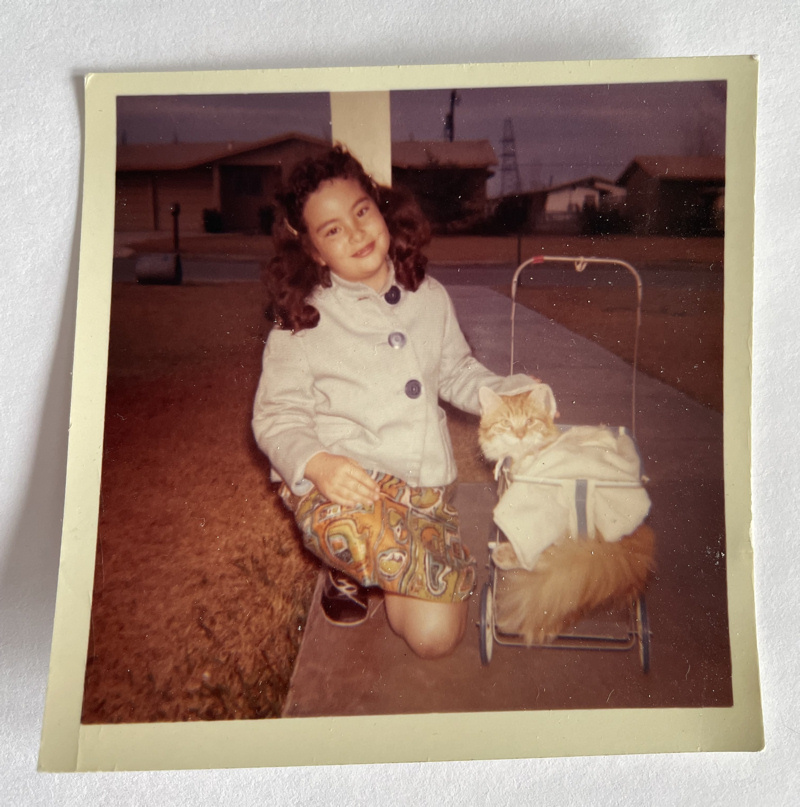
I fell in love with cats when I was seven. During an Illinois farm stop on a cross-country move, I wandered into an outbuilding where I was greeted by barn cats. I was hooked.
Six decades later, I’m still hooked. At present, I have two cats. More importantly, I volunteer with the Raton Humane Society to support our Trap-Neuter-Release program for feral cats. This grant-funded program spays and neuters feral cats so they cannot reproduce, then releases them back to where they came from. It is free!
Why does TNR matter? Well, some people love feral cats. Some people hate ’em. Recently the city has had to deal with angry residents demanding that officials do something about feral cats that a neighbor is feeding.
But what is a feral cat? What is a stray? Or a pet?
All are domestic cats. Both ferals and strays are considered unowned and live outside. But a feral likely was born outside, was not socialized or tamed when young, is afraid of people and will not be touched or held. A stray cat may be feral, or it may have been a tame pet at some point. Pet cats have owners, enjoy being touched, and may spend all or much time indoors.
And what about barn cats, like the ones I first met? They may have owners, but they may or may not be tame. Here, we often try to place ferals as barn cats.
Meanwhile, some local folks think of ferals as “theirs.” They may have been feeding the same cats for years and know them well.
The issue? Female cats can have kittens as early as six months old! (Yes, you read that right.) A female can have as many as five litters a year. If she has four kittens per litter, that’s maybe 20 kittens a year for her lifetime, which might be five to ten years.
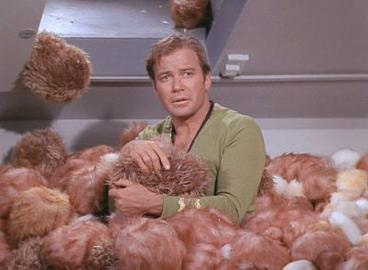
While some kittens won’t survive, you get the picture. Perhaps you watched the original Star Trek on TV and saw the episode “The Trouble with Tribbles”? (If not, I recommend!) A cute tribble is brought aboard the Starship Enterprise and soon reproduces, creating many lovable “purring balls of fluff” (per Wikipedia). But soon the Enterprise is swamped with tribbles threatening the crew’s food supplies…
I love cats. But I don’t want loose cats coming into my yard and killing birds or other wildlife. Scientific studies estimate cats kill more than one BILLION birds in the continental U.S. every year, and as many as four billion! Bird populations are falling dramatically from habitat loss, climate change, and, unfortunately, cats. Meanwhile, some Ratonians get annoyed when someone else’s cats use their yard as a litter box.
So my philosophy about feral cats boils down to a slogan I saw online: If you feed them, fix them. The next TNR clinic is Sept. 11, and it’s free. Call Raton Veterinary Hospital to reserve traps and get your ferals fixed.

Kids Invited to Jump Aboard the Global Warming Express!
August 8, 2024 – by Pat Walsh
I’ve had the privilege of engaging kids on tough subjects.
During my 17-year ranger career with N.M. State Parks, I orchestrated field trips on wildfire for Raton’s fifth graders at Sugarite Canyon State Park.
Some kids shared memories of being evacuated during the scary 2011 Track Fire. Then I’d sing a song about a real 1949 fire that killed 13 firefighters in Montana. Afterward we’d discuss factors leading to the tragedy.
To finish, we’d head to Lake Maloya where I’d ask them to vote on whether I (the ranger with the loppers) should cut a small ponderosa pine growing next to other “pondies”.
They’d already played games to learn that ponderosa pines need space to get enough water and nutrients. Usually, students voted to cut the little tree–after I thanked it for the oxygen it provided. Sometimes the kids passionately debated, during this miniature exercise in democracy with life-or-death consequences.
There’s something amazing about inviting children to consider deep issues, when it’s done in an age-appropriate, engaging, and fun way. This is the philosophy of a New Mexico program under the umbrella of the Rio Grande Chapter of the Sierra Club, called the Global Warming Express.
GWE was launched in 2012, when 9-year-old Marina Weber-Stevens of New Mexico wrote a children’s book on climate change. A young friend illustrated the book, The Global Warming Express, which eventually made it to then-President Obama.
Last year, I mentored a small group of Raton fourth graders in the GWE after-school program at Raton Intermediate School. With the help of fellow mentor Ron Schuster and fourth-grade teacher Shelby Padilla, we explored beautiful children’s books that describe the science of energy and human-caused climate change.
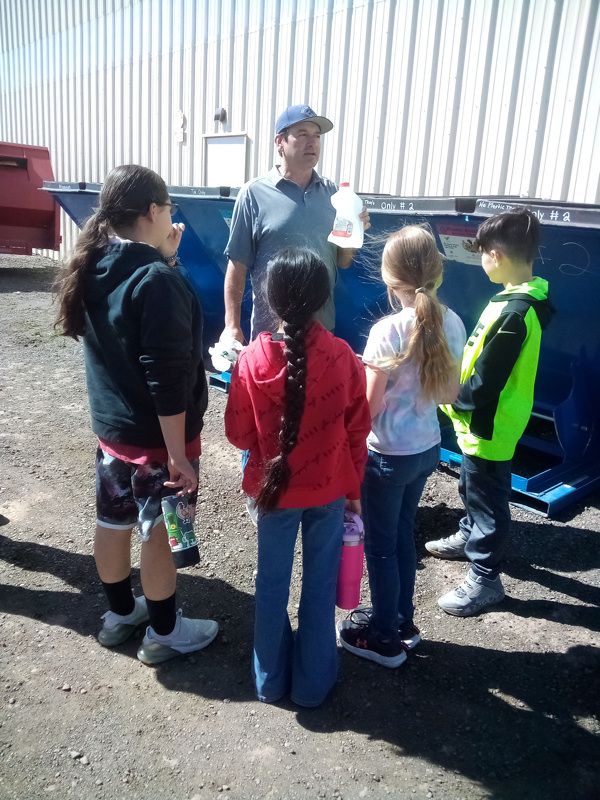
Hands-on science activities included the kids building their own pin-wheels to experiment with wind- and water-power. At snack time, the kids practiced reading food labels and looking at a globe to see where food comes from. They also learned breathing techniques as well as basic public speaking.
During a field trip to the New Mexico State Legislature in Santa Fe, our Raton students joined with other GWE kids to urge lawmakers to take more climate action. Two of our kids participated in a pretend session of a legislative committee–sitting in real committee chairs!
Another field trip introduced the kids to Raton’s recycling program at the Transfer Station, getting the scoop on recycling plastic, aluminum, metal cans and cardboard.
The GWE program asks kids to develop goals. After much brainstorming, our crew decided to lobby for plastic recycling at school. They presented their idea to school officials and the Raton Rotary Club, which agreed to donate $200 for recycling containers to be installed this fall.
This coming year, we’re planning several more field trips, including Sugarite’s historic coal camp and the N.M. State Legislature.
Do you know any fourth, fifth or sixth graders who’d like to join us in our adventures? If so, they can enroll in the Raton Intermediate School after-school program for the Global Warming Express!
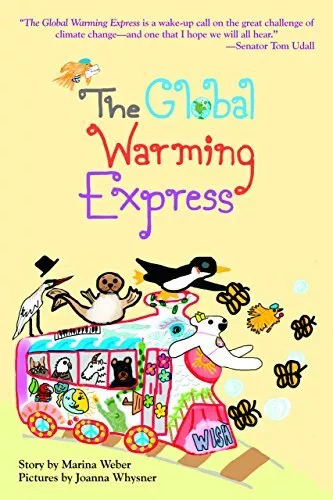
Editor’s note: books used by GWE include the “Sunlight Series” by Molly Bang and Penny Chisholm, which GWE says “offer kids a fun and colorful exploration of how sunlight, wind, plants and ‘buried energy’ have sustained the planet.”

Are We Getting Hotter?
Posted July 7, 2024 – by Pat Walsh

A couple weeks ago, I made a day trip to Colorado Springs. When I started from Raton about 9:30 a.m., the temperature was comfortable. North of Trinidad, I watched my car thermometer inching toward 90, then 91, 92, and creeping on toward 100.
On my return trip, just south of Pueblo, my car clocked 107 degrees! Closer to Raton, I watched with relief as the temperature began dropping. But I wondered, when will this kind of heat come for us?
Short answer: maybe sooner than we think. National Weather Service records show that Raton had twelve days of 90 degree or more high temperatures in June 2024. On June 13 and June 25, we hit 96 degrees.
I moved here 19 years ago and I don’t remember that kind of heat. Then there are the overnight lows. This June, we had five days when the overnight low was at least 60 degrees–and on June 29 it was 65 degrees. Our summer lows are typically in the 50s.
Lisa Patel, head of the Medical Society Consortium on Climate and Health, told CNN that nighttime should be when our bodies get a break. Why nighttime heat can be so dangerous – and why it’s getting worse | CNN
“…when nighttime temperatures don’t drop, we don’t get that critical time we need to relieve the stress on our bodies from being overheated during the day,” Patel said.
Right now, Raton is lucky. As of early July 2024, news reports said more than 130 million Americans remained under heat advisories, including folks in Arizona and Texas. Maricopa County, which includes Phoenix, reported 645 heat-related deaths in 2023. The most vulnerable are low-income folks who can’t afford air conditioning and live in hot, often treeless neighborhoods.
Perhaps as one local has predicted, Raton will see a boom as heat refugees seek relief. But we are still situated in the U.S. Southwest, which computer climate models repeatedly say will get hotter and drier.
NASA (the agency that got us to the moon) says: “Since 1950, the frequency and intensity of heat extremes have increased primarily due to human-caused emissions of greenhouse gases. These events will become even more severe and common as the planet warms.” Extreme Weather Graphic Full Text – NASA Science
Here are some ways to adapt:
- Drink lots of water, wear loose clothes and try to avoid being outside in the middle of the day. Outdoor workers are especially vulnerable.
- Put box fans in windows at dusk to pull cooler nighttime air inside, then close windows in the morning to hold in the cooler air.
- Increase the insulation in your attic and cut your energy bill in summer and winter.
- When you need a new roof, consider a white metal roof that reflects heat (and repels fire.)
- Plant trees for the future, especially in neighborhoods that lack them.
- Check the new Heat Risk index. HeatRisk | The Ratonian
- Know the symptoms of heat exhaustion and potentially deadly heat stroke. Symptoms of Heat-Related Illnesses | Extreme Heat | CDC
And here are some ways to mitigate climate change:
- Vote for candidates concerned about climate.
- Join or donate to a group working on the issue.
- Promote climate-friendly community projects.
- Eat more plants and less meat.
- Consider an electric car. Both new and used ones are currently eligible for federal tax credits.
- Don’t leave kids, the elderly, or pets in hot cars.
For a deeper dive into the heat topic, try reading The Heat Will Kill You First: Life and Death on a Scorched Planet, by Jeff Goodell.

What Would You Do for the Birds?
Posted June 7, 2024 – by Pat Walsh
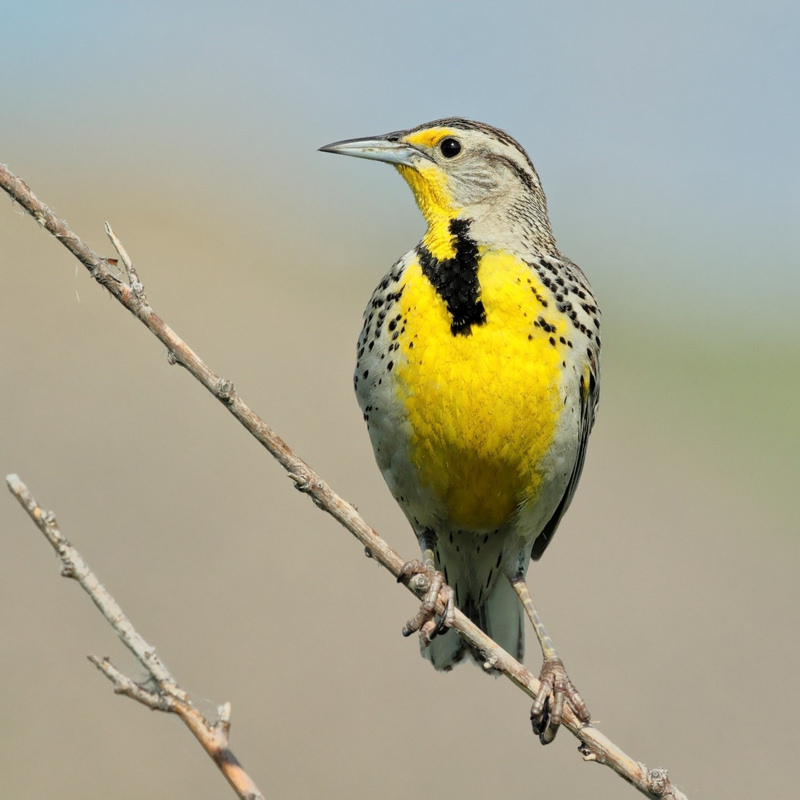
When I lived in Longmont, Colorado, every spring my alarm clock showed up with feathered wings and a pointy beak. The metallic RAT-AT-TAT-TAT would jolt me awake. And then I would smile.
I had learned the hard way that male northern flickers will use whatever’s handy to proclaim, “Here I am!” to potential mates and warn off competitors. And my hollow metal chimney pipe provided a perfect drum for those boys from the woodpecker family.
Another sign of spring arrived with a particular bird of prey soaring over Colorado grasslands. “Welcome back,” I’d say to the returning Swainson’s hawk. I knew that the grasshopper-eating raptor had flown thousands of miles from Argentina, surviving a trip filled with dangers.
I become friends with birds one species at a time. I’m enchanted by the descending, flute-like call of a canyon wren–which ends in a comical buzz. Driving along a country fence line, I cherish hearing a fragment of a meadowlark’s song. Spotted towhees crack me up with their red eyes and their chub-chub-chub-chub TWEE pronouncements.
Many folks here in Raton put out hummingbird feeders for those little charmers, while others enjoy the annual return of the turkey vultures.
There are about 920 species of birds in North America (Canada, U.S. and Mexico.) Worldwide there are an estimated 10,000 species. Birds descended from dinosaurs, and Smithsonian magazine even calls birds “avian dinosaurs.”
Birds grace us with their beauty, songs and diversity. They even boost our mental health. An online Time magazine article cites a study published by Scientific Reports that “found that seeing or hearing birds improved people’s mental well-being for up to eight hours.”
But birds need our help. “More than half of U.S. bird species are declining,” according to the State of the Birds 2022 report by 33 leading science and conservation groups. Grassland birds like my beloved meadowlark are among the hardest hit. Others face an even higher risk. Rufous hummingbirds have lost at least half of their population in the last 50 years.
The website www.scienceofbirds.com says the five top causes are agricultural expansion, deforestation, invasive species, hunting/trapping and climate change.
The prestigious Cornell Lab of Ornithology lists seven ways to help:
- Make windows safer for birds so they can avoid collisions. Find inexpensive products at https://abcbirds.org/solutions/prevent-home-collisions
- Keep cats indoors. They’ll live longer, healthier lives. “Outdoor cats kill more birds than any other non-native threat,” Cornell Lab says. (I’ve leash-trained my cats and am looking into tent-like outdoor playpens.)
- Shrink your lawn by planting native species, which provide better habitat.
- Avoid pesticides.
- Drink shade-grown coffee, because the shade trees provide more habitat.
- Be mindful of plastic use. (We can recycle #1 and #2 plastics here in Raton!)
- Take part in citizen science by watching birds and sharing what you see.
What would you do to protect your favorite birds?

Where are the Bees?
Posted May 5, 2024 – By Pat Walsh
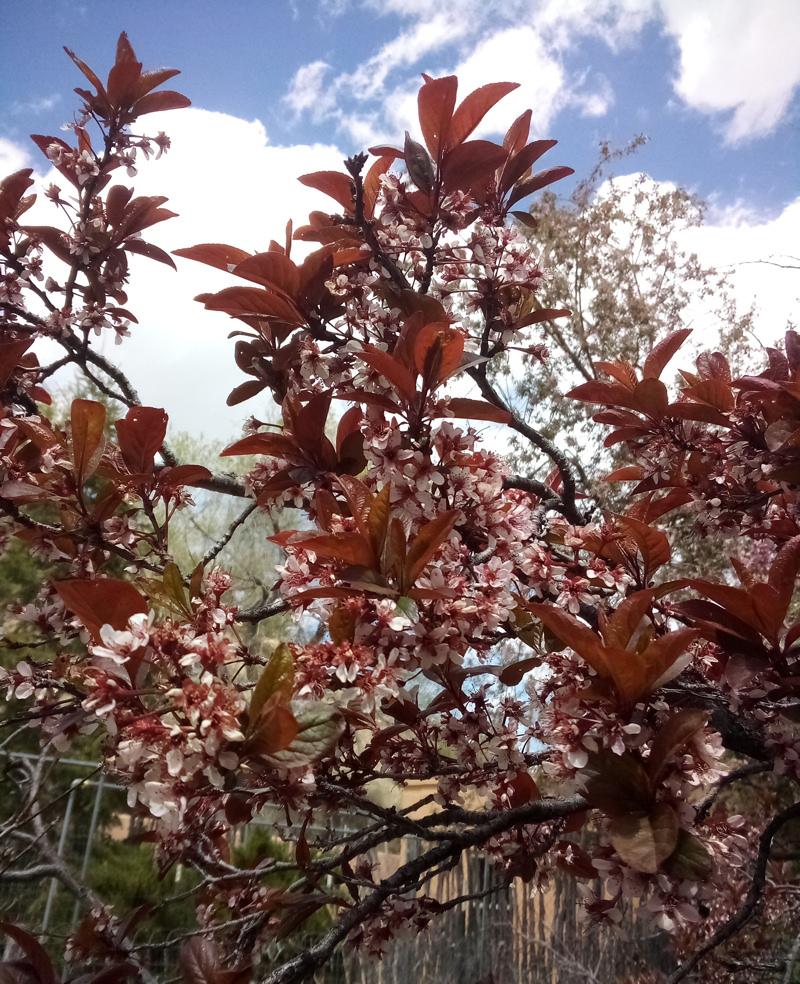
When she talks about her apple tree loaded with fragrant blossoms this spring, master gardener Joelyn Pafford looks sad. Pafford, a retired Raton school teacher, keeps asking herself this question: where are the bees?
Indeed.
When I checked out our backyard plum tree, I found pretty pink blooms posing for their pollinating partners, like invitations to a party. The flowers were vacant.
Unless bees, wasps and other insects start showing up, my friend Joelyn may have no apples, and I may have no plums. Fruit tree flowers offer nectar to insects in exchange for the critters moving pollen from the male flower parts to the female.
Aside from possibly no fruit, I just miss these tiny creatures. Years ago, I stood mesmerized under my singing Granny Smith apple tree in Longmont, Colorado. The tree “sang” to me via a choir of hundreds (thousands?) of honey bees foraging and buzzing in the flowers.
Honey bees are non-native insects brought to North America by settlers eager to harvest honey and wax. We have beekeepers in the Raton area. There are also nearly 4,000 different native bees, including bumble bees, who handled pollinator chores long before the honey bees arrived.
Neither Joelyn nor I are seeing bees of either variety.
More and more people are aware of the critical role played by pollinators, which help produce much of our food. Meanwhile, scientists report that insect populations are shrinking worldwide—what some call the Insect Apocalypse.
“… insect surveys suggest that 40 percent or more of insect species may be under threat of extinction … due to habitat loss, increased use of chemical pesticides and fertilizers, and the changing climate,” writes entomologist Jason Cryan, head of the Utah Natural History Museum.
In the 1950s and 1960s, I sat in the backseat of our black Chevy as my Army officer father drove Mom and I to his next assignment. Like others of my generation, I remember bug-splattered windshields that required frequent cleaning stops. On my road trips now, the bug-windshield encounters are much fewer.
Also, missing insects are bad news for birds. Parent birds need to catch thousands of insects to feed their baby birds in the spring. Audubon cites reports that estimate it takes between 6,000 to 9,000 insect caterpillars to raise a brood of five chickadees.
I don’t know what’s happening locally. Are Raton-area beekeepers seeing a die-off? Did warmer weather cause trees to flower before native bugs could hatch out? Have drier conditions made it harder for insects to reproduce?
Meanwhile, here are a few suggestions. We can:
- plant drought-tolerant native plants that support native bees
- call Raton city hall and “opt out” of pesticide spraying to mitigate mosquitoes
- put out simple habitats for native, non-stinging bees like mason bees (i.e. open-ended tin cans with sticks—see patterns online)
While some of us dislike bugs, the truth is that if insects disappeared tomorrow, our lives would be hugely impacted. They are the bees’ knees!

Everything We Have Comes From the Earth
Posted April 6, 2024 – By Pat Walsh
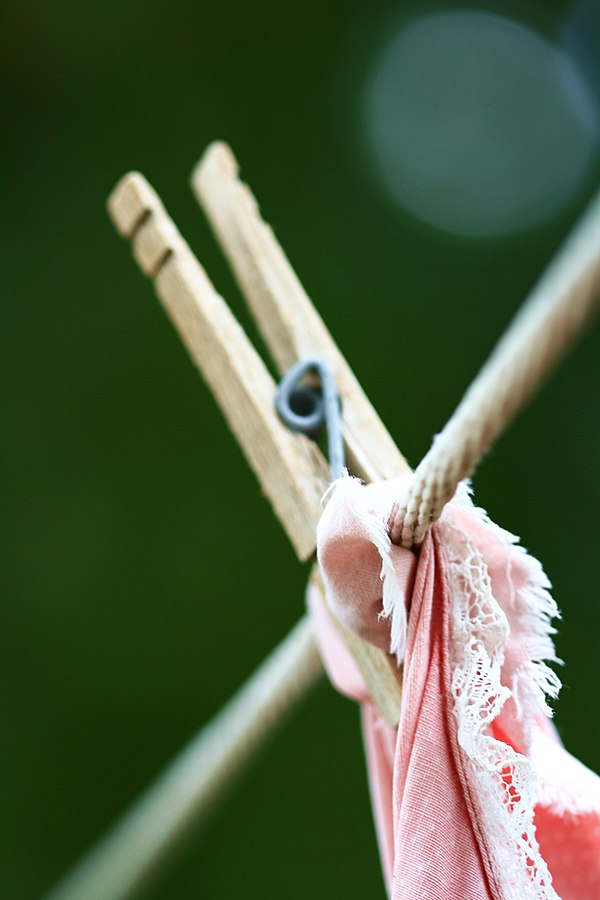
I remember casually saying this to some Raton Intermediate School students a few years ago. A boy rushed across the room to grab a stapler. “Even this?” he said. Yes, I replied. The plastic body came from petroleum. The staples came from metal mined from the earth. He picked up a few more items, and each time I answered, “Yes.”
Look around you. Your home. Your possessions. Your clothes. Your food. It all comes from our home planet. Earth Day is Monday, April 22. But maybe we should rename those 24 hours as “Earth’s Day.”
Just as on Mother’s Day we honor what moms do for us, maybe “Earth’s Day” could spark gratitude for all our planet provides and encourage us to give little gifts in return.
What little gifts, you say? Here are some suggestions:
–If you have a clothesline, hang out your clothes and let the sun and wind dry them instead of your electric dryer. For me it’s a restful and sunny habit!
–Rather than turn on your car engine from the house, wait until you get in your vehicle. Modern cars need very little time to “warm up.” Cold outside? Put on an extra jacket instead of running a vacant car to heat the interior.
–Check your fridge for food that needs to be eaten soon. Reducing food waste ranks third out of 100 solutions for reversing human-caused climate change, according to the non-profit Project Drawdown.
–If you need something new, consider spending a bit more for a better quality and preferably U.S.-made item that will last longer. Fewer purchases, fewer things in the dumpster.
This idea of being good to the earth appears in many belief systems. Scientist Katharine Hayhoe, a Christian and climate ambassador for the World Evangelical Alliance, writes, “What is more Christian than to be good stewards of the planet…?”
The U.N. Environment Program’s website Religions and Environmental Protection notes that in Judaism, tradition holds that “the land and environment are properties of God, and it is the duty of humankind to take care of it.” UNEP then cites similar beliefs in religions worldwide.
Botanist and author Robin Wall Kimmerer writes about her childhood camping trips in New York’s Adirondack Mountains. Kimmerer, an enrolled member of the Citizen Potawatomi Nation, said her father greeted each morning by pouring fresh coffee onto the ground as an offering.
Kimmerer writes that such offerings “say ‘Here we are,’” and afterward she hears “the land murmuring to itself, ‘Ohh, here are the ones who know how to say thank you.’”
Perhaps we can practice how to say thank you for our beautiful corner of the earth.
For more information:
- https://drawdown.org
- Saving Us: A Climate Scientist’s Case for Hope and Healing in a Divided World, by Katharine Hayhoe.
- Braiding Sweetgrass: Indigenous Wisdom, Scientific Knowledge and the Teachings of Plants, by Robin Wall Kimmerer.
Help our Earth – Editorial by Laura Brewer
Every day should be Earth Day, but officially we celebrate in the U.S. on Monday, April 22, 2024. Below is a graphic of some of the things one can do to help our Earth.
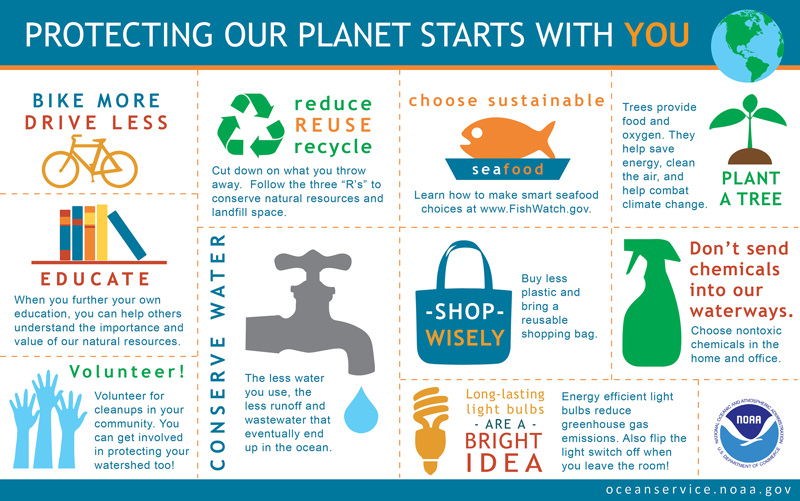

Water – A Precious Resource
Posted March 10, 2024 – By Pat Walsh
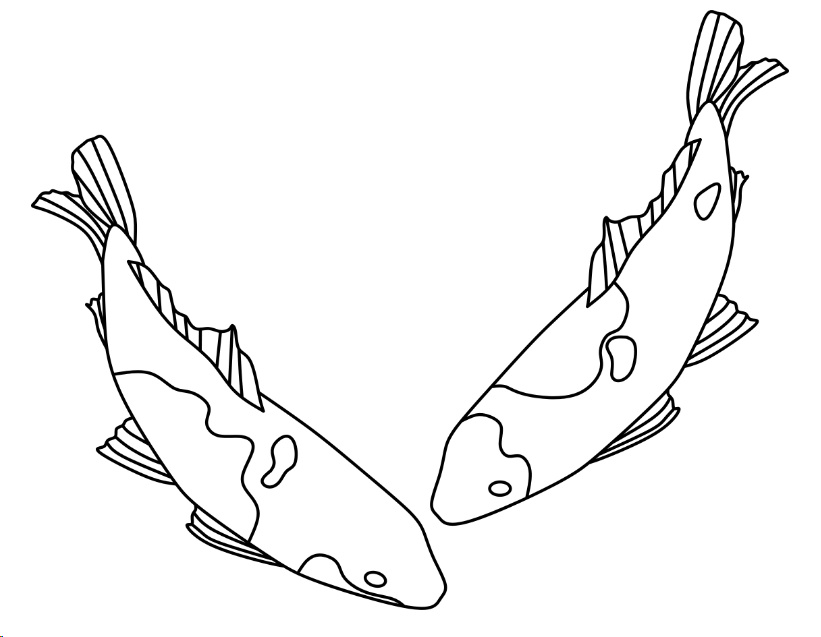
March 10 is my birthday. That makes me a fishy Pisces, with the watery blue aquamarine as my birthstone. And as a kid, I got to swim in the ocean.
While at times I feel landlocked in New Mexico, I’m grateful I live in Raton with its historically plentiful and great-tasting water supply. During my 17 years as a N.M. State Parks ranger, I often spoke with students about how water is “more valuable than gold.” So it only seems appropriate to begin my series of columns called Earth Corner by focusing on water.
I don’t know about you, but I often take water for granted. I make tea, wash my hands, flush the toilet, take a shower. It’s just always there.
Until it’s not. Take the wealthy subdivision built outside the city limits of Scottsdale, Arizona using a loophole that didn’t require a water supply. Residents relied on trucks bringing in city water—until Scottsdale faced a recent shortage from the drought-ravaged Colorado River. The city temporarily halted the subdivision’s water use, so its own city residents would have enough.
Computer climate models from agencies like NASA have for years predicted a hotter, drier Southwest. Regardless, Southwestern cities (including Albuquerque) have continued to boom. Fortunately, thanks to foresighted officials, Raton not only gets water from Lake Maloya, but we also have rights to water from Eagle Nest Lake.
Nevertheless, when I was based out of Sugarite Canyon State Park, I saw Lake Maloya’s water level drop quite low at times. And in 2021, Sugarite temporarily closed the shower building because of low flows from groundwater springs. To my knowledge, that was a first since Sugarite became a park in 1985.
So things appear to be changing, and our water supply may not be guaranteed.
Indigenous peoples have lived in the dry Southwest for thousands of years. Those traditional cultures consider water sacred. How would that approach affect our use of water?
One way to save water is as easy as turning off the light when you leave a room. About 65 percent of U.S. electricity comes from power plants that boil water to create steam to generate electricity, according to the non-governmental Union of Concerned Scientists.
Another way is to think about the food on our plates. You know that old line, eat more fruit and vegetables? Raton already has many backyard gardeners and fruit trees that provide locally grown and tasty items like tomatoes and peaches. Turns out that, according to National Geographic, it takes much less water to grow grains, vegetables and beans than it does to produce animal products.
Meanwhile, on another front, some Ratonians are shrinking their thirsty green-grass yards to make room for drought-hardy native plants like chocolate flowers, prickly poppy and penstemon.
A very pretty way to use less water, indeed!
Interested in learning more? Try reading The Big Thirst: The Secret Life and Turbulent Future of Water, by Charles Fishman.
